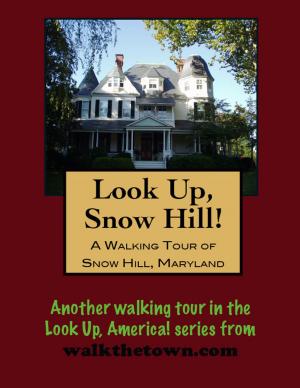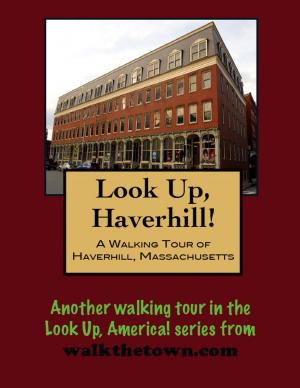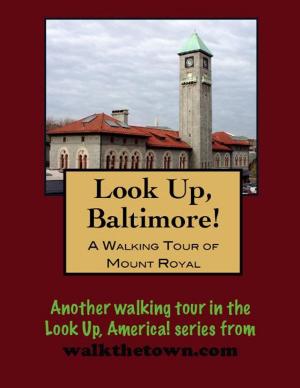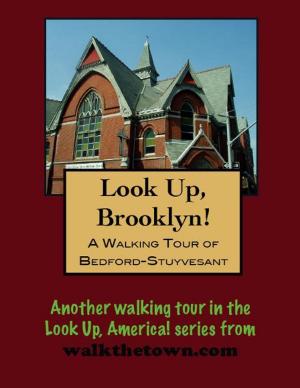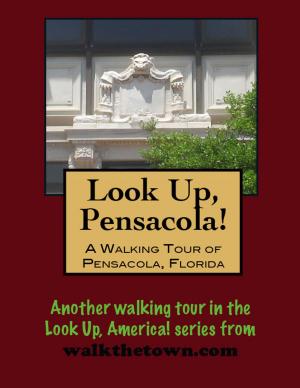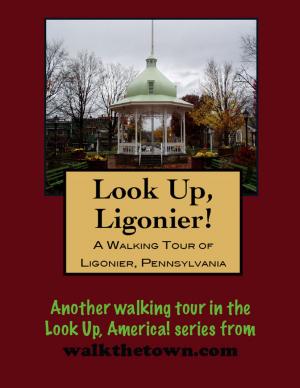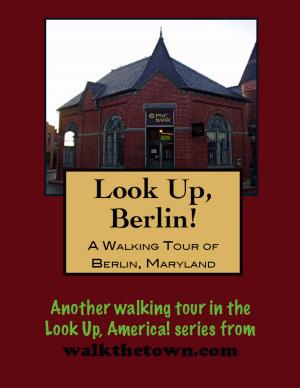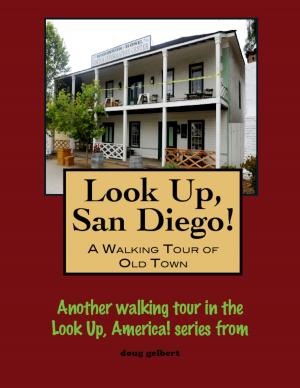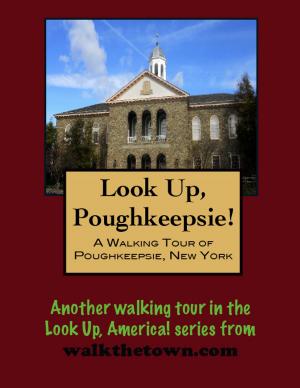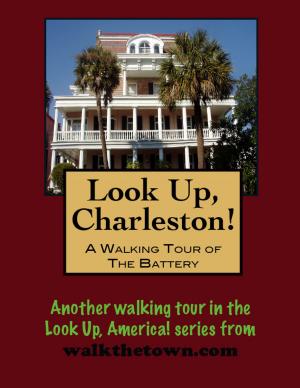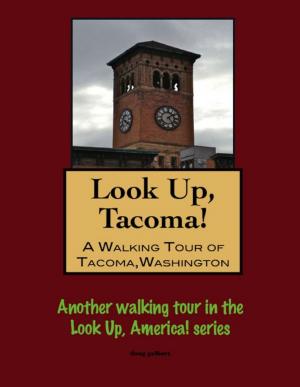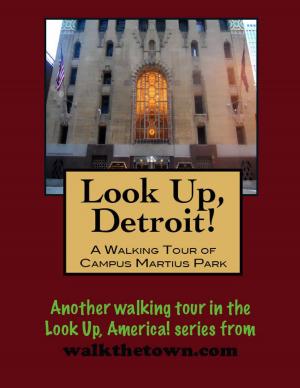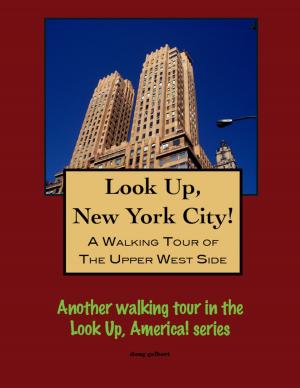| Author: | Doug Gelbert | ISBN: | 9781452307602 |
| Publisher: | Doug Gelbert | Publication: | January 11, 2010 |
| Imprint: | Smashwords Edition | Language: | English |
| Author: | Doug Gelbert |
| ISBN: | 9781452307602 |
| Publisher: | Doug Gelbert |
| Publication: | January 11, 2010 |
| Imprint: | Smashwords Edition |
| Language: | English |
There is no better way to see America than on foot. And there is no better way to appreciate what you are looking at than with a walking tour. Whether you are preparing for a road trip or just out to look at your own town in a new way, a downloadable walking tour from walkthetown.com is ready to explore when you are.
Each walking tour describes historical and architectural landmarks and provides pictures to help out when those pesky street addresses are missing. Every tour also includes a quick primer on identifying architectural styles seen on American streets.
Rittenhouse Square, one of William Penn’s original five, was known as the southwest square until 1825 when it was named for the astronomer-clockmaker, David Rittenhouse (1732-96). This amazing man of universal talents — one of many in 18th century Philadelphia — was a descendant of William Rittenhouse, who built the first paper mill in America in Germantown. He was at various times a member of the General Assembly and the State Constitutional Convention, and president of the Council of Safety. His survey of the Maryland-Pennsylvania boundary in 1763-64, to settle a dispute between the Penns and Lord Baltimore, was so accurate it was accepted and followed by Charles Mason and Jeremiah Dixon when they surveyed the “line” for which they are still remembered. Professor of Astronomy at the University of Pennsylvania and inventor of the collimating telescope, he was also president of the American Philosophical Society and the first director of the United States Mint.
Rittenhouse Square has always denoted quality. The first house facing the Square was erected in 1840. During its next century the Square kept its residential quality. In 1913, the architect Paul Cret, who was one of the men responsible for Benjamin Franklin Parkway and many of its buildings, designed the Square’s entrances, central plaza with the stone railings, pool and fountain. To have lived near or on the Square was a mark of prestige. Today, private homes are gone, but it still counts for something to live on the Square. There are several houses still standing, but they have been converted into apartments. With cooperative apartments and condominiums displacing private dwellings in the last three decades, some of the Old Guard still live on here — in these homes in the sky rather than family mansions.
The immediate surrounding streets around Rittenhouse Square are a microcosm of all Philadelphia has to offer. Within easy walking distance are eclectic shopping boutiques, world-class restaurants, the skyscrapers of the city’s business community, the cultural resonance of unique museums and galleries and, to the south and east, some of America’s most charming big city residential streets.
Our walking tour will begin strolling the leafy walkways that crisscross the plaza of Philadelphia’s most desirable address...
There is no better way to see America than on foot. And there is no better way to appreciate what you are looking at than with a walking tour. Whether you are preparing for a road trip or just out to look at your own town in a new way, a downloadable walking tour from walkthetown.com is ready to explore when you are.
Each walking tour describes historical and architectural landmarks and provides pictures to help out when those pesky street addresses are missing. Every tour also includes a quick primer on identifying architectural styles seen on American streets.
Rittenhouse Square, one of William Penn’s original five, was known as the southwest square until 1825 when it was named for the astronomer-clockmaker, David Rittenhouse (1732-96). This amazing man of universal talents — one of many in 18th century Philadelphia — was a descendant of William Rittenhouse, who built the first paper mill in America in Germantown. He was at various times a member of the General Assembly and the State Constitutional Convention, and president of the Council of Safety. His survey of the Maryland-Pennsylvania boundary in 1763-64, to settle a dispute between the Penns and Lord Baltimore, was so accurate it was accepted and followed by Charles Mason and Jeremiah Dixon when they surveyed the “line” for which they are still remembered. Professor of Astronomy at the University of Pennsylvania and inventor of the collimating telescope, he was also president of the American Philosophical Society and the first director of the United States Mint.
Rittenhouse Square has always denoted quality. The first house facing the Square was erected in 1840. During its next century the Square kept its residential quality. In 1913, the architect Paul Cret, who was one of the men responsible for Benjamin Franklin Parkway and many of its buildings, designed the Square’s entrances, central plaza with the stone railings, pool and fountain. To have lived near or on the Square was a mark of prestige. Today, private homes are gone, but it still counts for something to live on the Square. There are several houses still standing, but they have been converted into apartments. With cooperative apartments and condominiums displacing private dwellings in the last three decades, some of the Old Guard still live on here — in these homes in the sky rather than family mansions.
The immediate surrounding streets around Rittenhouse Square are a microcosm of all Philadelphia has to offer. Within easy walking distance are eclectic shopping boutiques, world-class restaurants, the skyscrapers of the city’s business community, the cultural resonance of unique museums and galleries and, to the south and east, some of America’s most charming big city residential streets.
Our walking tour will begin strolling the leafy walkways that crisscross the plaza of Philadelphia’s most desirable address...

